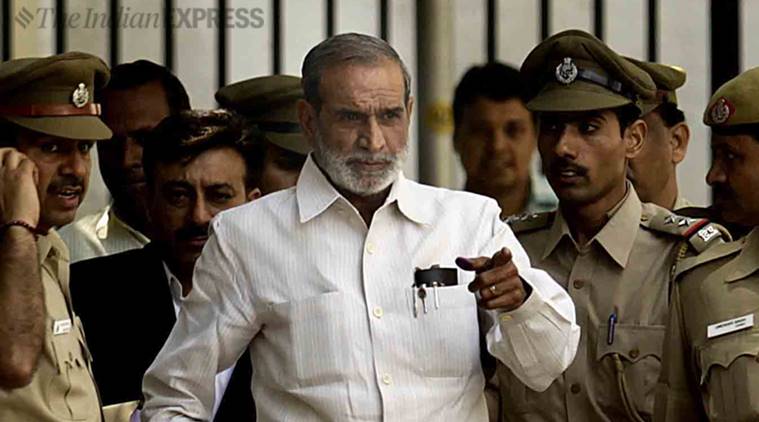Delhi, after 1984
How does trauma affect cities that are — at the best of times — brittle networks of cooperation and sociability? In the wake of the riots, Delhi has carried the burden of that time, its spaces filling up with people but its senses bereft of how they might relate to each other.

After 34 years and numerous commissions of inquiry, one of the key players in the 1984 anti-Sikh riots in Delhi has been sentenced to life imprisonment. Sajjan Kumar’s jail term will bring some measure of bleak comfort to the families of the riot victims whose doggedness reminds us that while memory is a sense of loss, it also sustains us through unbearable agony. But what about those spaces where cataclysmic and arbitrary losses were experienced as if neighbourliness was an aberration and friendship a mirage? How does trauma affect cities that are — at the best of times — brittle networks of cooperation and sociability? In the wake of the riots, Delhi has carried the burden of that time, its spaces filling up with people but its senses bereft of how they might relate to each other.
Over the years, the riots have become enshrined in public memory through various means, including news reports, commissions of inquiry, academic writings, reports by human rights organisations and films. However, notwithstanding the publicness of the carnage, what is most striking are memories of violence that are about a deeply personal shock. This is the astonishment of misrecognition: Narrative after narrative relates how intimate friends and life-long neighbours turned tormentors and murderers. Across the city — in slums, resettlement colonies and well-off suburbs — bonds of locality were cannibalised through a seemingly atavistic flick of the switch. But atavism is no natural phenomenon and requires careful orchestration. While Delhi has not experienced violence on the scale that characterised the events of 1984, the city is now even more deeply fragmented. It is as if we have learnt nothing about how little it takes to consign the urban social fabric to flame.
In the wake of the massacres, the most significant impact on the patterns of living was in the forceful homogenisation of certain localities that otherwise contained mixed populations. And, perhaps most importantly, localities where poor Sikhs shared spaces with those of other communities were “cleansed” of Sikh populations. Resettlement colonies such as Sultanpuri and Trilokpuri and slum clusters such as Mangolpuri contained significant Sikh populations that were bled out of these settlements. The burnt and scythed remains of human bodies resembled the mutilation of spaces of urban sociality.






































No hay comentarios:
Publicar un comentario